10 Jan Mold Prevention in your Home
Molds are part of the natural environment. Outdoors, they play a part in nature by breaking down dead organic matter such as fallen leaves and dead trees, but indoors, mold growth should be avoided. Molds reproduce by means of tiny spores; the spores are invisible to the naked eye and float through outdoor and indoor air. Mold may begin growing indoors when mold spores land on surfaces that are wet. There are many types of mold, and none of them will grow without water or moisture. Excess moisture is the main cause of mold growth in homes and businesses.
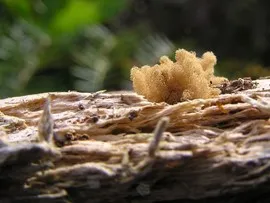
You must first determine, where is the moisture coming from?
The first step is to identify where the moisture is coming from. If you know where its origins are, it’s easier to get a handle on the problem.
Moisture problems in the home can occur in areas with poor ventilation such as the bathroom, kitchen or even closets. Even bad or improperly working plumbing can be a culprit. On the other hand, in some places of the home, moisture is unavoidable. The basement and attic are two spots where it’s difficult to get rid of moisture completely. You’ll just have to learn to manage those areas of the home the best you can.
Moisture and Mold Prevention and Control Tips
- When water leaks or spills occur indoors – act quickly. If wet or damp materials or areas are dried 24-48 hours after a leak or spill happens, in most cases mold will not grow.
- Clean and repair roof gutters regularly.
- Make sure the ground slopes away from the building foundation, so that water does not enter or collect around the foundation.
- Keep air conditioning drip pans clean and the drain lines unobstructed and flowing properly.
- If you see condensation or moisture collecting on windows, walls or pipes act quickly to dry the wet surface and reduce the moisture/water source. Condensation can be a sign of high humidity.
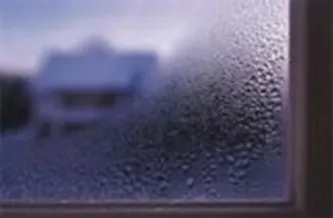
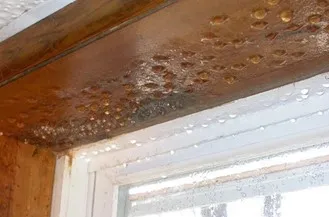
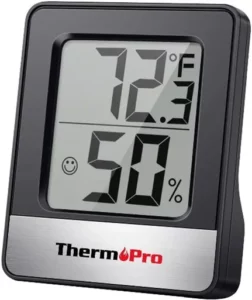
Getting rid of moisture problems in the home doesn’t have to be hard. Humidity control is actually easier and cheaper than repairing any damage caused by excess moisture. This damage could very well start without your knowing or seeing.
There are a few very simple things you can do that’ll make a world of difference in your house, especially if you live in a humid climate.
Ways to Remove Humidity from your Home (Especially in Florida)
- Cut down on long showers – Long hot showers are nice, but they not only create more humidity in your home and they also contribute to higher energy bills as well. Always use ventilation fans while showering.
- Ventilate and Use Fans – Ventilation is the best defense against mold. Make sure the clothes dryer is vented to the outside, and that there are no leaks in the ventilation hosing. A very important place to monitor ventilation is in the bathroom.Invest in ceiling, floor or window fans to circulate cooler air that your air conditioner works hard to release.
- Decrease oven & clothes dryer use – Try to decrease their use in the summer by making foods like salads and chilled soups and dry your clothes outside if possible. If you do use your oven in the summer, I would highly recommend using a ventilation fan while cooking.
- Adjust thermostat & change the filter – Check to see if your thermostat has a “dry” setting and always make sure to change your air filter every month.
- Fix Leaks – The last thing you want to do when you’re trying to reduce indoor humidity is to add moisture. Leaking pipes and faucets do just that. Fix any leaks you have, and wrap your exposed pipes in insulators – this will keep condensation from forming. Signs of leaks include stained drywall, wet spots, and irregular water bills.
- Move your plants – Plants are lively and beautiful, but they do release their fair share of moisture. If your home has a lot of indoor plants, this could be causing your humidity level to increase.
- Invest in a dehumidifier – If you live in a Florida, I would recommend a dehumidifier, especially if you’ve tried these tips above and your home still feels like a swamp.
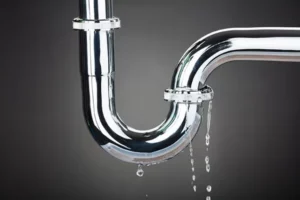
DIY Dehumidifier Options
Visit 6 DIY Dehumidifier Options (thespruce.com) for steps on how-to use these.
- Rock Salt
- Baking Soda
- Charcoal
- Non-Dairy Coffee Creamer
- Calcium Chloride
- Silica Gel
If you think you’re having moisture problems in your home, I hope you will check out these suggestions and get the issue resolved as soon as possible. Stop the problem before mold starts growing, which could turn bad real quick. Being a Florida resident all my life, I have definitely experienced moisture issues that I addressed immediately. Mainly because I am highly allergic to mold. Don’t give the mold a chance to grow!

Sorry, the comment form is closed at this time.